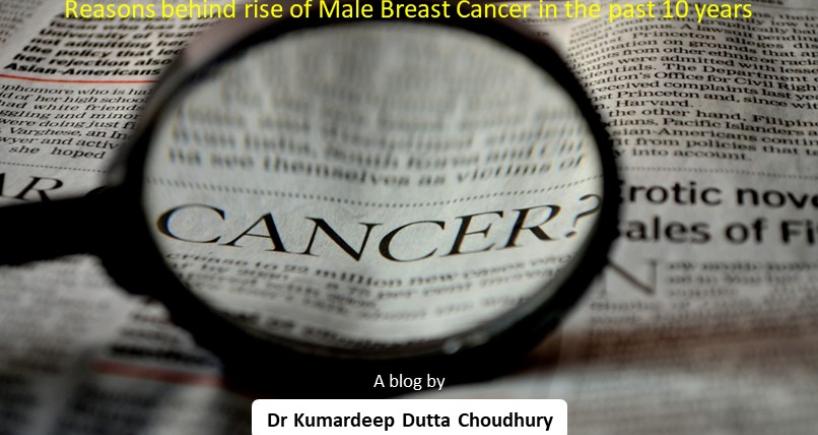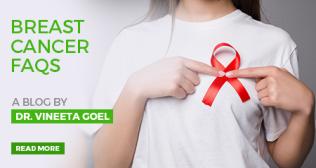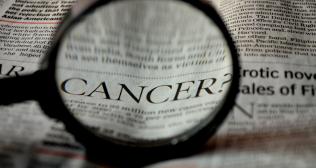
Oncology
Reasons Behind Rise of Male Breast Cancer In The Past 10 Years
Reasons Behind Rise of Male Breast Cancer In The Past 10 Years Aug 13, 2020
Male breast cancer represents between 0.5 and 1 percent of all breast cancers diagnosed each year. In western world, breast cancer in men accounts for less than 0.5 percent of all cancer diagnoses in men. By contrast, in areas of central Africa, male breast cancer accounts for up to 6 percent of all breast cancers.
Higher rates of male breast cancer in central and eastern Africa may be related to endemic hepatic infectious diseases that lead to hyperestrogenism.
Incidence of breast cancer in men rises with age, and men tend to be approximately 5 to 10 years older than women at the time of diagnosis.
The annual incidence of breast cancer in men is rising and incidence has increased 26 percent over the past 10 to15 years.
Systematic reviews of the literature have summarized the factors associated with breast cancer in men, and these are reviewed below.
But the vast majority of men with breast cancer have no identifiable risk factors.
Genetics and family history
Family history of breast cancer in a first-degree relative is associated with an increased risk of breast cancer in men. Approximately 15 to 20 percent of men with breast cancer have a family history of the disease. Two breast/ovarian cancer genes, BRCA1 and BRCA2, give rise to the majority of known cases of hereditary breast cancer.
The risk for male breast cancer appears to be higher with inherited BRCA2 mutation compared with BRCA1 mutation.
Men with BRCA2 mutations have an estimated 6 percent lifetime absolute risk of breast cancer and represents a 100 times higher risk deleterious BRCA2 mutation; BRCA1 mutations are rare. All patients diagnosed with than in the general population.
Of men with breast cancer, up to 14 percent have a male breast cancer are sent for genetic counseling and BRCA testing. Genes other than BRCA involved in male breast cancer are: mutations in the phosphatase and tensin homolog (PTEN) tumor suppressor gene, tumor protein p53, partner and localizer of BRCA2 (PALB2), and mismatch repair genes (Lynch syndrome)..
Alterations of the estrogen to androgen ratio
Excessive estrogen stimulation due by hormonal therapies like estrogen-containing compounds or testosterone, hepatic dysfunction, obesity, marijuana use, thyroid disease, or Klinefelter syndrome. Klinefelter syndrome consists of atrophic testes, gynecomastia, high serum concentrations of gonadotropins (follicle-stimulating hormone, luteinizing hormone), and low serum testosterone levels leading to high ratio of estrogen to testosterone, Routine mammography is not advocated for all affected men with Klinefelter syndrome , but patient education, self-examination, and regular clinician examinations are important.Primary testicular conditions
Testicular conditions associated with an increased risk of breast cancer in men include orchitis, undescended testes (cryptorchidism), and testicular injury. While speculative, it may be that these conditions may be associated with lower androgen production, resulting in a higher than normal estrogen to androgen ratio.Nowadays because of our sedentary lifestyle people have become more obese and other lifestyle factors like alcoholic liver disease, drug addiction and high incidence of subclinical thyroid disease, premature birth with undescended testis all contributing to rising incidence of male breast cancer.
Male grooming products contain hormones which may be indirectly responsible for hypogonadism and male breast cancer.




















